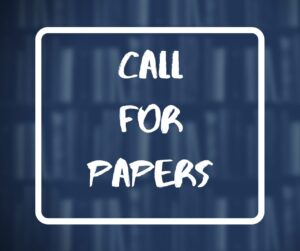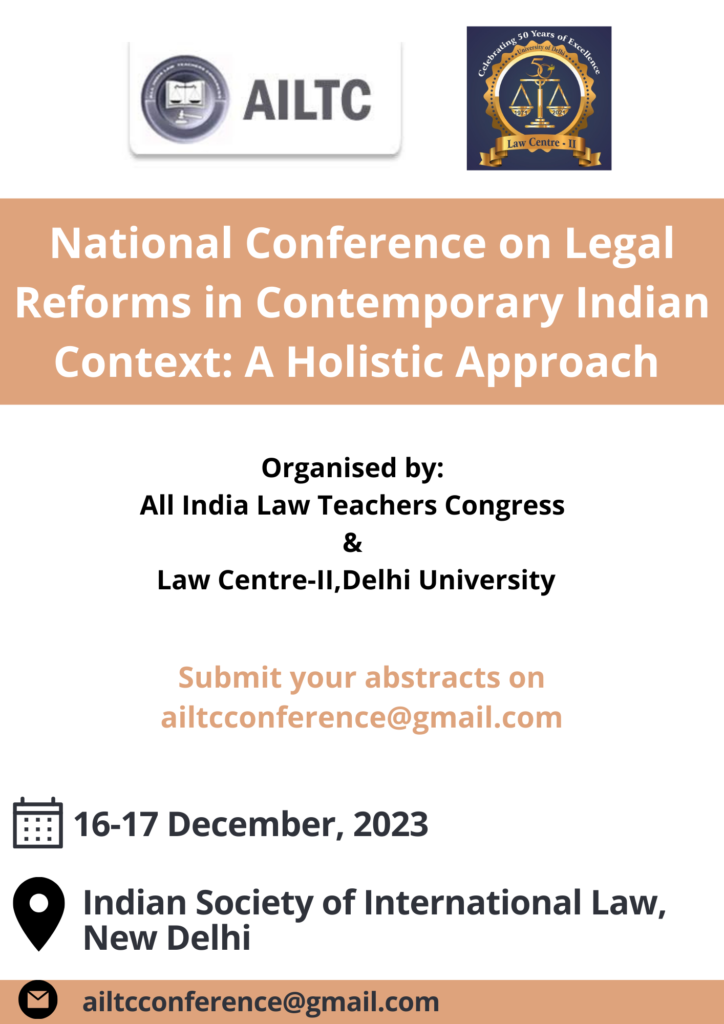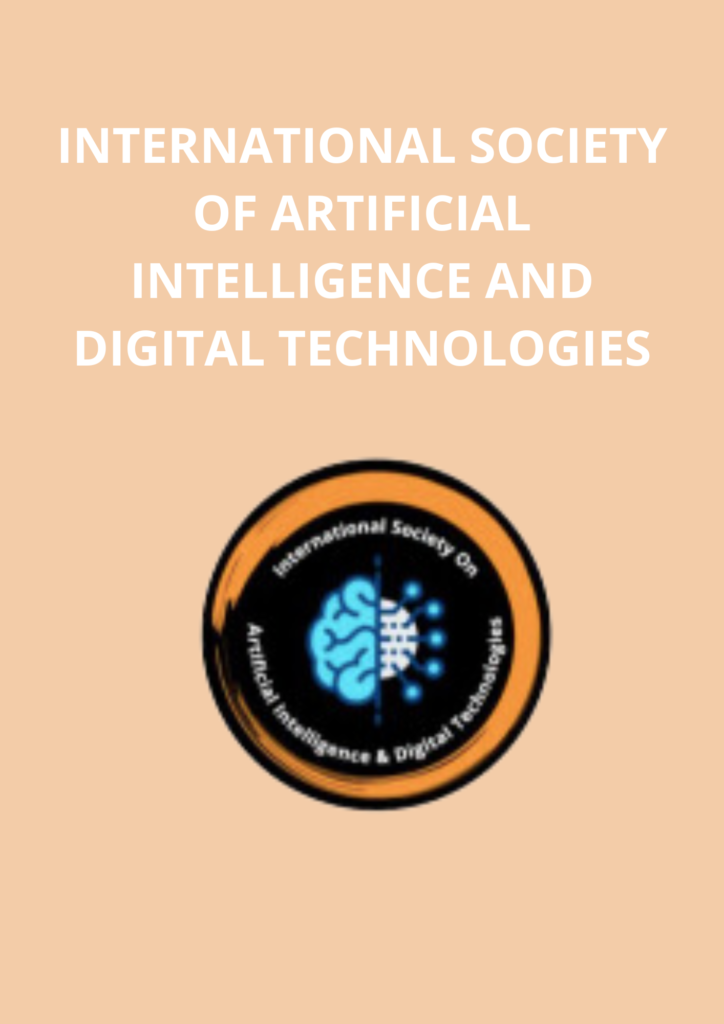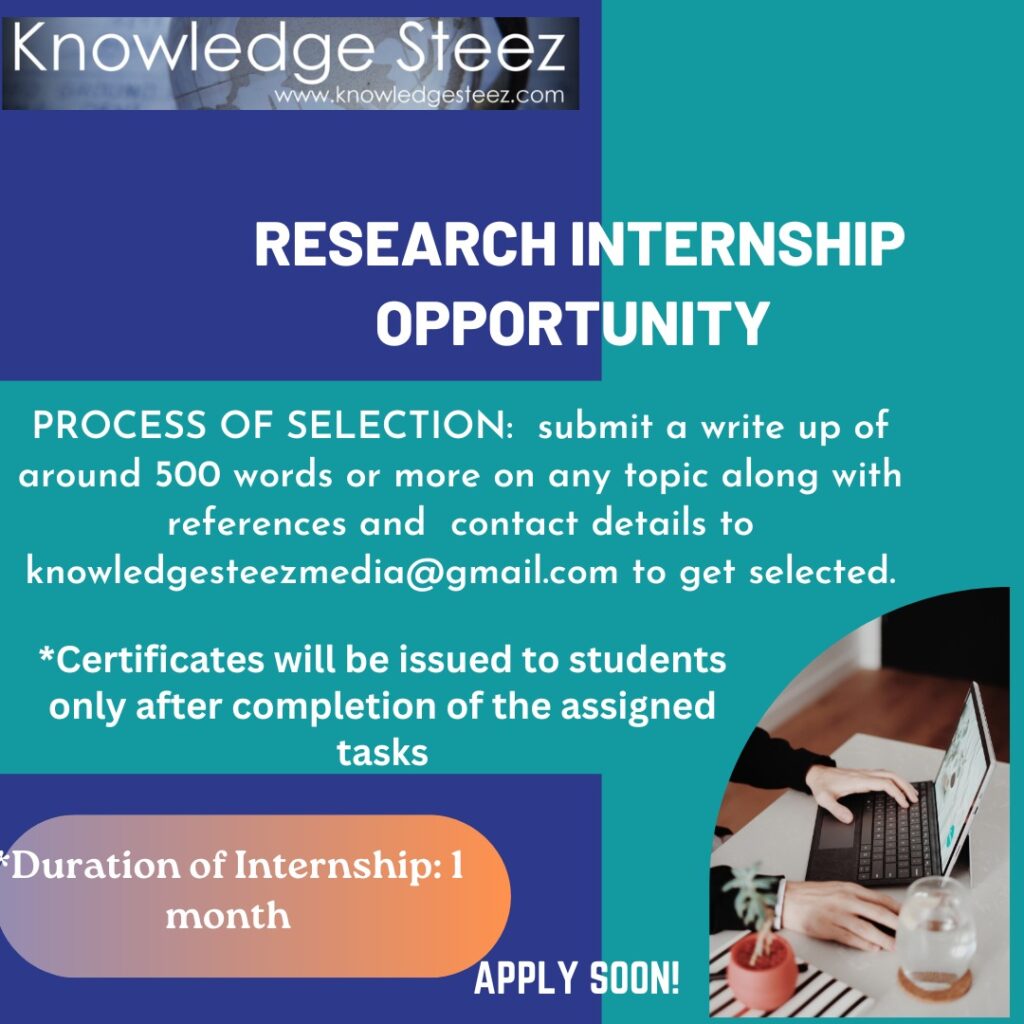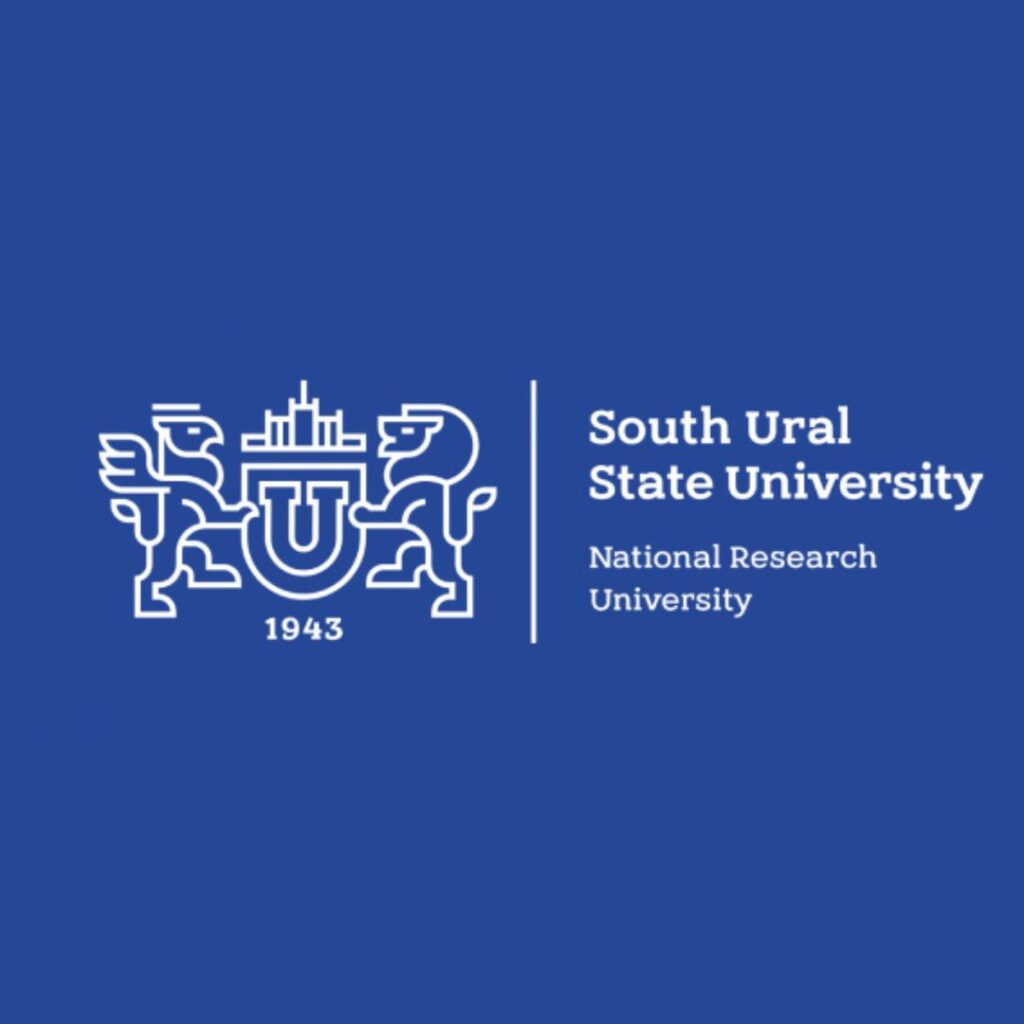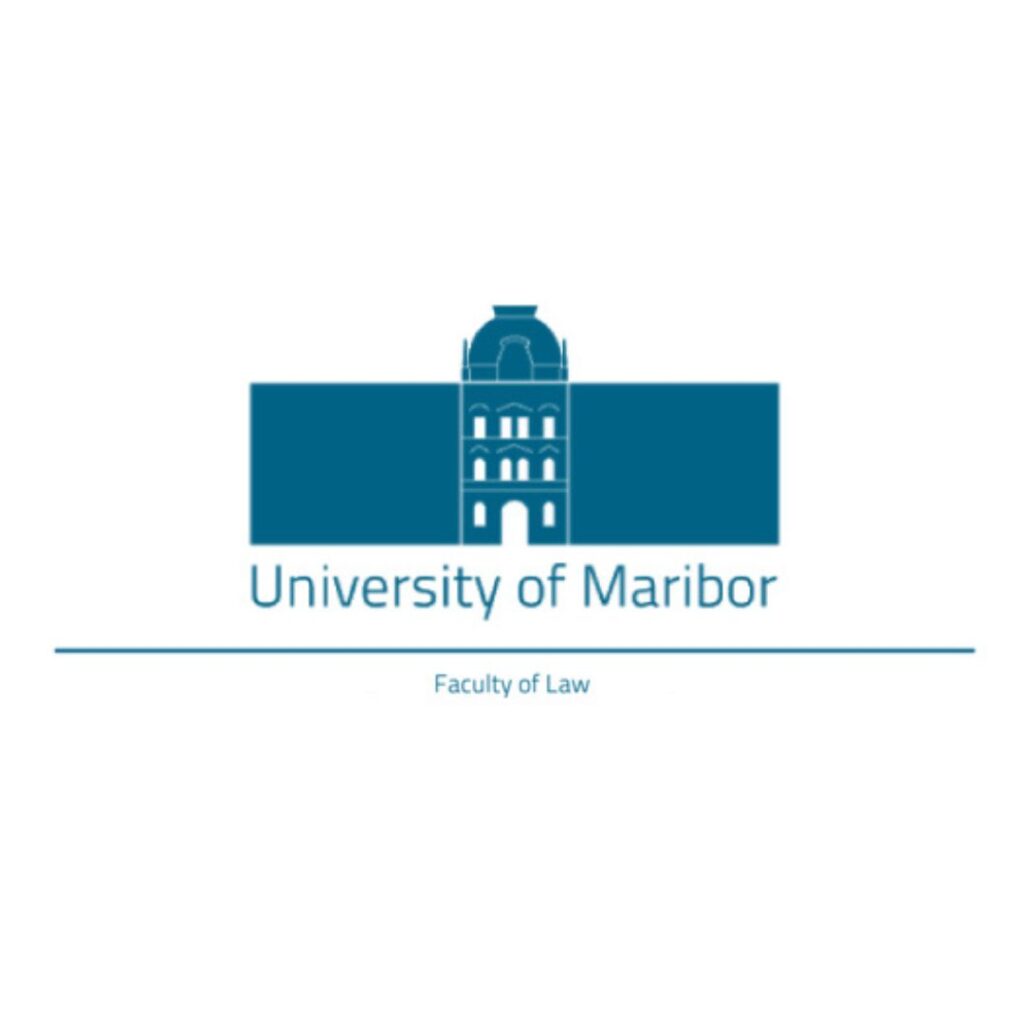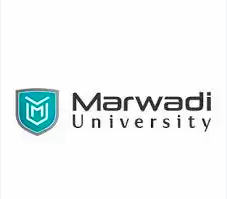SPECIAL ISSUE: SEMIOTIC ASSEMBLAGE, TRANSLANGUAGING AND TRANSLATING LAWS OF THE MIDDLE
EAST AND NORTH AFRICAN REGION Vol.38/7 (2025)
Guest Editors – Rafat Y. Alwazna, Zoe Hurley & Tariq Elyas
The Middle East and North African region (MENA) is an interesting area where several laws
ranging from sacred laws to secular laws are applied to different institutions in the area. The
conceptual incongruency and terminological asymmetry between such laws within and
outside the MENA region make the process of legal translation an arduous and formidable task
that needs to be performed by professional and expert legal translators who possess the
relevant knowledge, competence and skill. Failure to convey the legal meaning of any legal
term may affect the practical application of the target legal text, thus impacting the entire legal
effect of the law in question. Concurrently, semiotic assemblages are forged by a range of
sociocultural trajectories, varying semiotic resources, historical and contemporary objects and
interpretations of the linguistic landscape. The broad range of semiotic resources available
includes images, sounds, clothing, movements, food, buildings, traffic systems, computer
systems, artificial intelligence as well as people who are immersed and absorbed in spaces
defined by hybrid legal frameworks. To explore the eclecticism, dilemmas and interpretative
challenges of MENA’s semiotic legal assemblages, we thus require an expanded version of
language which attends not only to the borders between languages, but also to the borders
between semiotic modes. Linguistic landscape research has therefore shifted its
understanding of language from a focus on linguistic signs in the public domain to include
greater contextual (ethnographic) and historical understandings of texts in the landscape –
who put them there, how they are interpreted, and what role they play in relation to space,
race, ethnicity, gender, class, migration, mobility and law. To develop greater comprehensibility
of MENA’s legal context and avoid any misinterpretation of the source legal text, if it originally
written in a foreign language, scholars and students of law and legal translation need to
consider the practice of linguistic translanguaging in interpreting and explaining the source
legal text, including diverse semiotic assemblages of different terms, concepts and imaginaries
for the purpose of achieving acceptable legal communication.
Contributions may address the rendition of any law applied to the MENA region into a different
law and vice versa, the concept of translanguaging in legal translation pedagogy/training and
semiotic assemblages specific to the everyday practices, interpretations and challenges of the
MENA region’s legal systems.
Submissions should be addressed to Rafat Y. Alwazna ([email protected]), Zoe Hurley
([email protected]) and Tariq Elyas ([email protected])
- Abstracts of 300 words by 15 April 2024.
- After selection, final papers (no more than 10,000 words) should be submitted by 15 August
2024

